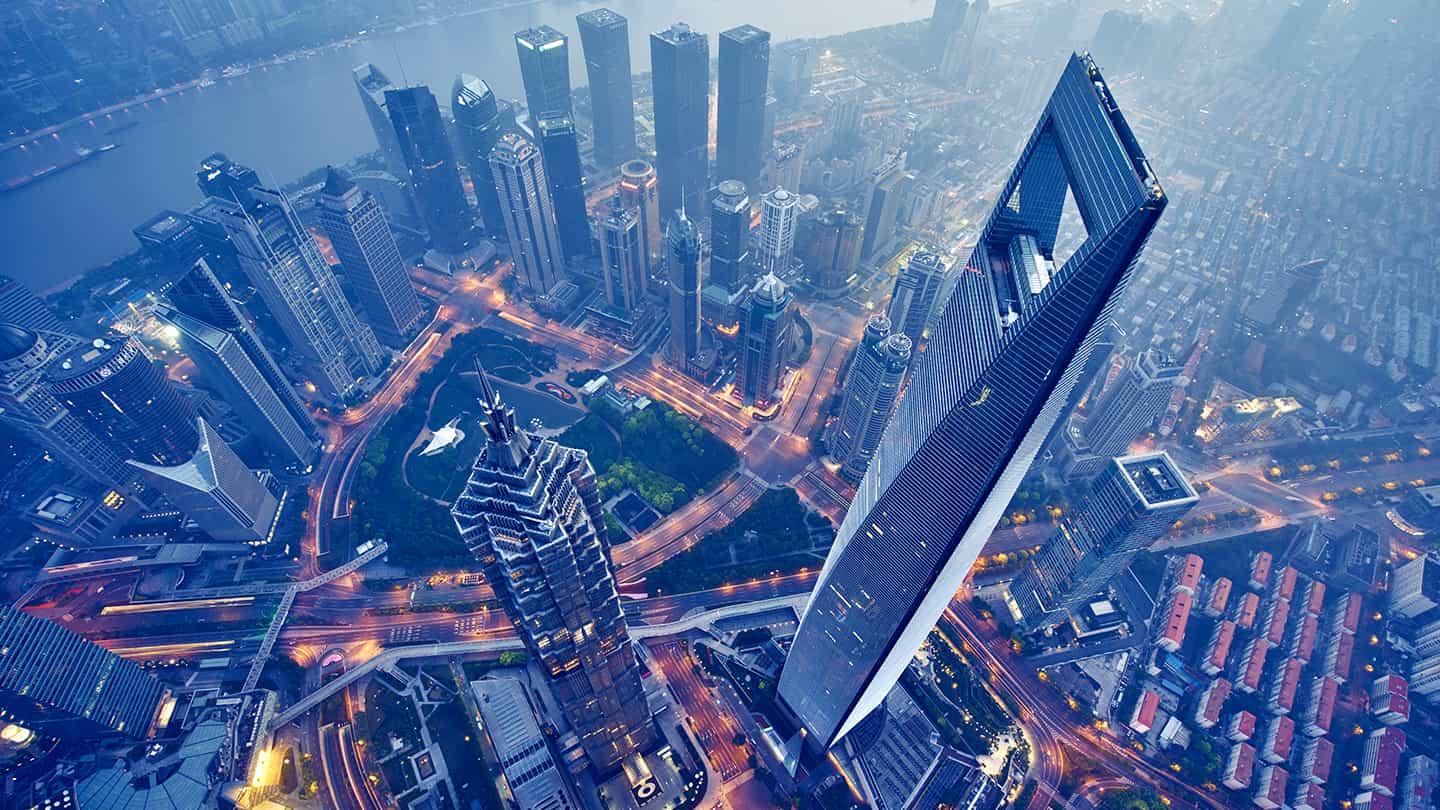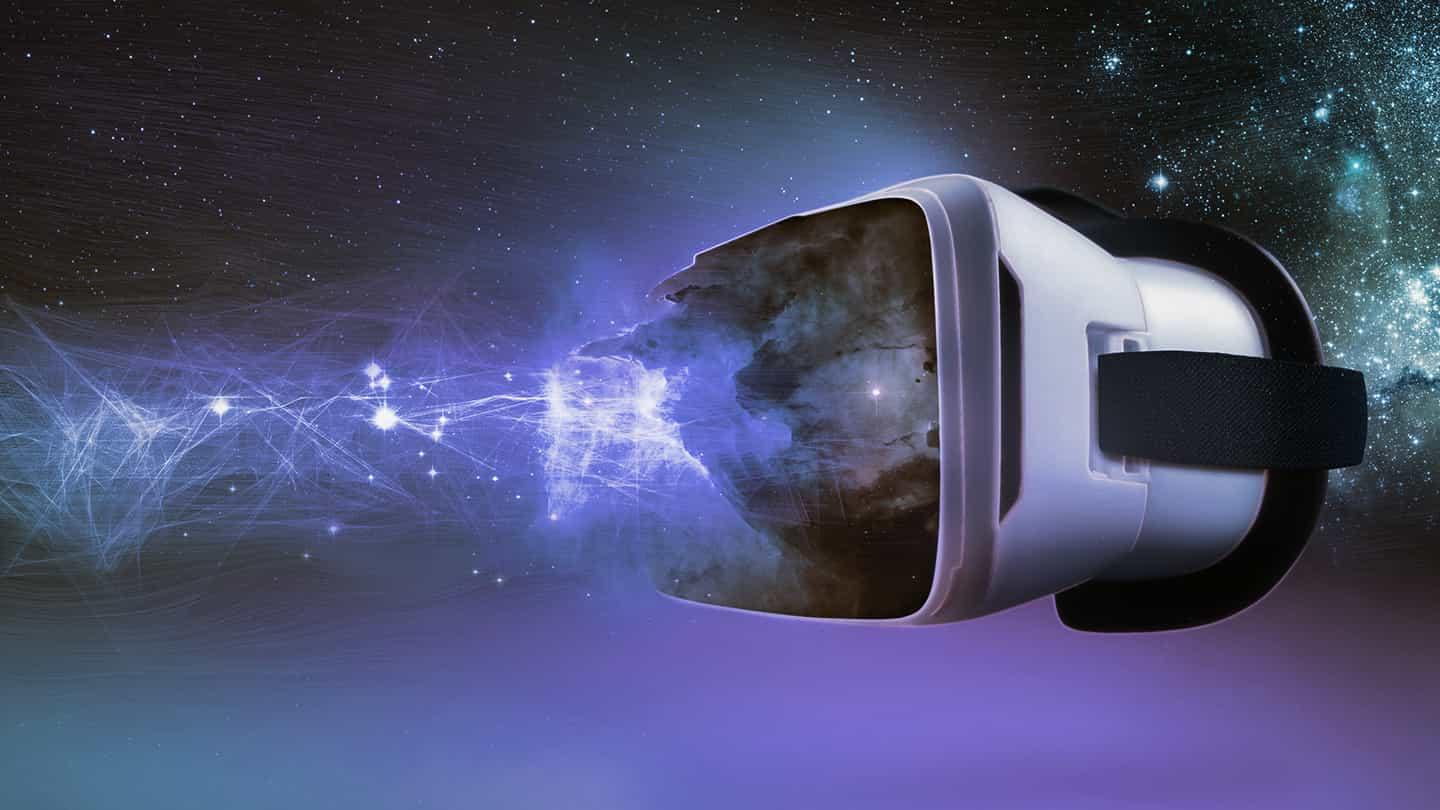Discover the big 6 trends that will define 2018
1. The year of reckoning for virtual reality
2018 is when we're going to see the next generation hardware from the leading headset manufacturers. We're excited geeks to see new technology, but we're also keenly aware that there's a lot of work to do to increase momentum this coming year - and it's not just about the headsets. This is something Foundry’s Simon Robinson has written in more detail about—and a topic we’ll be focusing on throughout the year.
2. Studios in the cloud gather momentum
In 2017 we spoke to digital content creation studio Inversion, which is one of the first in the world to begin shifting its entire production pipeline to the cloud. The move is allowing Inversion to harness the power of huge render farms without filling a room with computers, and connecting with the best talent around the globe without uprooting them and their families.
In 2018 we anticipate cloud growing in importance, especially for smaller VFX companies that want the flexibility to deliver projects on their own terms. More studios will follow Inversion’s lead as new platforms hit the market to aid this transition.

3. Another big year for VFX
The past year saw a leap forward with films like Blade Runner 2049 and War for the Planet of the Apes showcasing just how advanced VFX technology has become. We can see this tech going from strength to strength in 2018, despite the box office currently looking flat, and predict that there will be a rising trend for work outside movies.
The return of Game of Thrones in 2017 proved the small screen is more than ready to match Hollywood when it comes to blockbuster-standard visual effects. And in 2018, the trend for top-end VFX on the small screen looks set to go beyond episodics - the recent release of Netflix’s sci-fi action movie Bright shows streaming giants are now skipping the movie screens completely, while still working at film level quality and budgets. This, and the continuation of quality episodics, is what will make the coming year.
4. VFX workflows reach other industries
As visual effects technology advances, we are seeing its use broaden far beyond film and TV. In 2018, VFX thinking will work its way into everything from building virtual skyscrapers in architecture and construction, to designing the shoes on your feet.
In the same way that audiences now expect near-perfect visual effects in film and TV, other industries now demand the same. Adopting digital workflows similar to those used by VFX studios as a blueprint, designers can view precise, 3D replicas of their product long before physical samples are created. Likewise, today architects can harness the power of VR to walk through the doors of a virtual building before ever laying a brick.

5. AR continues its relentless charge
If VR faces challenges, augmented reality (AR) is the industry’s shining light. And, with Magic Leap finally unveiling its headset—after raising nearly $2bn from investors—and promising a release in 2018, AR is set for another bumper year.
While it’s already reached public consciousness, AR’s most exciting applications could yet lie in business—and this year we’ll see more companies realising its potential.
6. Real-time production picks up pace
Last year, Ninja Theory and Epic Games showed us the potential of real-time production with Unreal Engine 4 in the amazing Hellblade: Senua's Sacrifice trailer. In 2018, we expect to see this technology being used in new and creative ways. The Unity Demo Team has also showcased how their engine can be used to create real-time rendered short films, and in 2018 we expect to see this trend take off as animators and filmmakers cotton on to its potential.
We’ll be exploring all these topics - and more - throughout the year, so stay tuned for the latest developments!
